|
In looking for an opportunity to blend where the stats and the film coalesce, I've developed a few important factors for 3-and-D prospects that can statistically illustrate their value in that role.
The stats are, when framed correctly, to be built around what a player's college role was and how that might prepare them to fill it in the NBA. The model doesn't give much caution to players who shoulder a much greater load in the collegiate ranks necessarily, and then have to transform themselves into a role player at the next level. What measures are we using? To call out the best 3-and-D indicators, we use
Only four prospects rated out as positives in those three categories in 2020: Devin Vassell, Saddiq Bey, Desmond Bane and Josh Green. Bane's inclusion might even be a bit dicey, as he was the primary initiator in his offense, skewing his usage and assist rates beyond the typical role of a 3-and-D wing.
0 Comments
We hear the question all the time now: who's your favorite sleeper? Who are we sleeping on? Who is being undervalued and is destined to outperform their draft stock?
Second-round or fringe first-round prospects are pretty dependent on fit and role for how they'll succeed. Most of those guys come in to fill a role early in their careers, then eventually can blossom into something greater. Some make immediate impacts, and others need time to develop to acclimate to the NBA. I'll heap some high praise on Mississippi State's Reggie Perry initially. He was the MVP of the 2019 FIBA 19-U World Cup, the prototype for how the NBA should be played at the 5. He was a ball of energy, blocking shots left and right. Part of what garnered Perry MVP honors with the FIBA U-19 Games last summer was his elite rebounding prowess. He looked like a man among boys, and he backed up that showing by averaging a double-double at Mississippi State, (17.4 ppg. and 10.1 rpg.). From my vantage point, Perry is much more skilled of a perimeter player than he showed in those games, something on display during his sophomore year at Mississippi State. He's a really good passer, a high-volume shooting threat and can handle the ball in unique ways, such as in the full-court after a board or on the perimeter in wonky pick-and-roll or face-up situations. There's a tinge of Pascal Siakam to his game. As we've mentioned several times before, preseason perception can unfairly color expectations. Whether influenced by high school recruit rankings, team expectations or the spotlight they happen to catch, prospects get pegged as a draft favorite. That head-start rarely gets ceded to the late-chargers, those who flew under the radar until their body of work was so complete it was difficult to discount. In the 2020 NBA Draft, three players at similar positions have different trajectories, but their overall statistical outputs really aren't too dissimilar: The three players are pretty similar statistically–and that's the point.
Every year, a few draft prospects come out that are such wild cards that predicting their draft positioning is migraine-inducing. There are some prospects with elite upside, but are so far away from reaching that point. Others are unique balls of clay, with skillsets rarely seen for their size. Not only is skill development important for them, but imagination for how they'll be used is paramount.
This year, two prospects fit into each category. While they have vastly different paths, draft stocks and games, my main takeaway is the same: based on where common chatter has them being drafted, they pose too great a risk when other players might be available. I think of drafting and prospect evaluation in the context of these three questions:
This article is a facsimile of an earlier version published on The Basketball Writers (TBW), which recently closed its doors. Over the last three weeks, I've watched about 15 NBL games in preparation for the 2020 NBA Draft. Two top prospects, LaMelo Ball and RJ Hampton, moved across the world to play there and prepare themselves for next year. While they spurned the typical college process, very little about their seasons and experiences were similar.
International basketball is a blind spot for many American scouts and journalists who readily give draft intel and help shape the public perception of prospects that even front offices work off. In my own attempts to understand the NBL better, I came away with three pretty sweeping thoughts:
Ben Simmons and Markelle Fultz failed to make the NCAA Tournament, but Simmons has turned out just fine. Nobody here should punish Ball solely because his team was pretty putrid. Instead, we should examine whether giving Ball the keys to the car is about his ability or the team's lack of it. The more games and clips of the season I watched, the more I began to shift away from public perception. For full disclosure, I've been skeptical of LaMelo since early in his NBL tenure due to his defensive struggles. While some of that view was reaffirmed, I left my homework feeling much higher on Hampton than anticipated and struggling with the notion that Ball is viewed as a much greater prospect in this class. Despite the lack of high-end talent in this draft class, overall strategy revolving positions on draft nights has become solidified over the last few years. Unless a post player is of transcendent talent or projects to be a franchise cornerstone, it's hard to see them getting drafted until late in the first round. The last two years, only three big men have been drafted between picks 10 and 25: Goga Bitadze, Brandon Clarke and Mortiz Wagner. The days of non-elite bigs going early in the draft are over as prioritization has been given to other, more skill-based positions.
The consensus right now points to three names being head and shoulders above the rest: James Wiseman of Memphis, Obi Toppin of Dayton and Onyeka Okongwu of USC. A few weeks ago, I wrote about Wiseman and how his lack of visibility due to NCAA interference has, perhaps unfairly, impacted his draft stock. Dan O'Brien of TBW has also looked into all three and proclaimed Okongwu his top big in the class. Regardless of order, all three should hear their names called in the lottery. Outside the lottery, many names linger and could hear their name called anywhere from the early-20s to the mid-40s. Bigs are less valuable with drafting due to the mercenary-like nature of vets, and the ease of finding a replacement-caliber player. The six players whose scouting reports are below–Vernon Carey, Zeke Nnaji, Daniel Oturu, Isaiah Stewart, Xavier Tillman and Kaleb Wesson–are all talented and fill specific niches. Beauty is in the eye of the beholder, and these guys just want some team to fall in love with what they have to offer. Whether fair or not, draft stock is not just about overall impact. An 18-year-old will be treated far differently than a 21-year-old in terms of where they are projected and where they might end up by the conclusion of their initial NBA contract.
Sometimes a prospect's impact can get drowned out by that conversation. We focus more on their age and the fact they haven't already reached full polish than on how what they already do well might fit the current NBA climate. Tyler Bey is the perfect example of this. He has one skill he can hang his hat on: his defense. Bey is an outstanding on-ball and help defender. He's one of the better athletes in this draft, has a track record of strong, multi-positional defense and is one of the more under-the-radar guys based on the team and program he played with at Colorado. |
AuthorAdam Spinella is a Division III basketball coach using what he's learned about scouting and skill development and applying it to the NBA Draft Archives
November 2020
Categories |
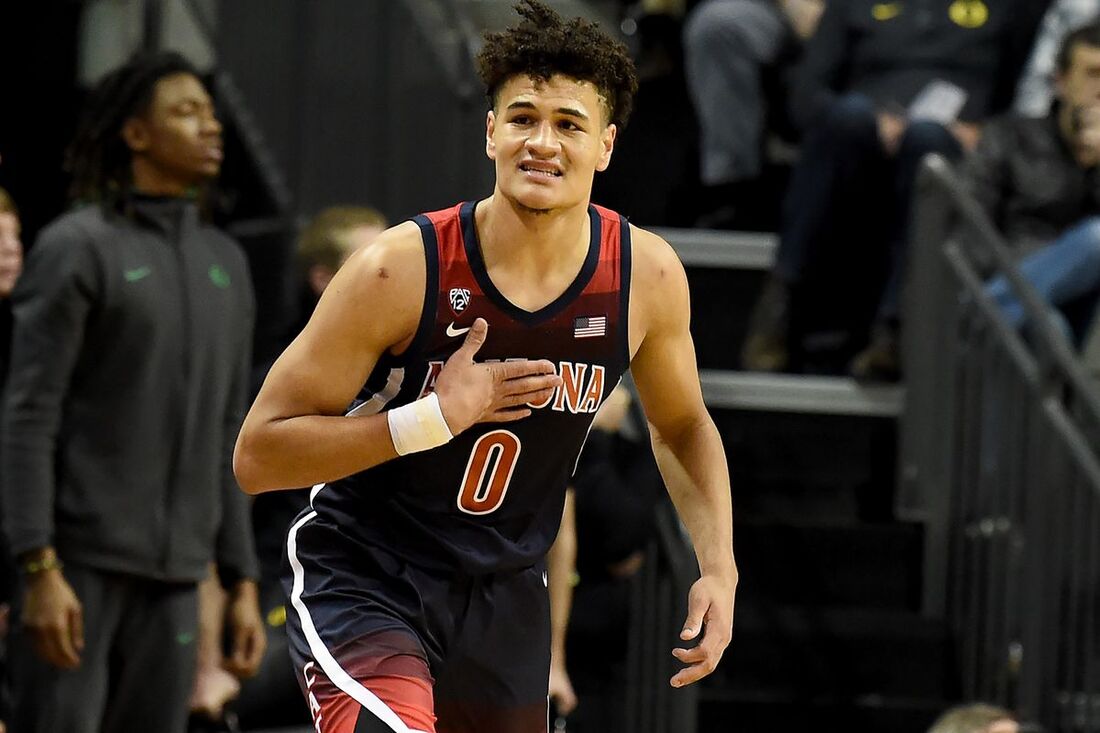
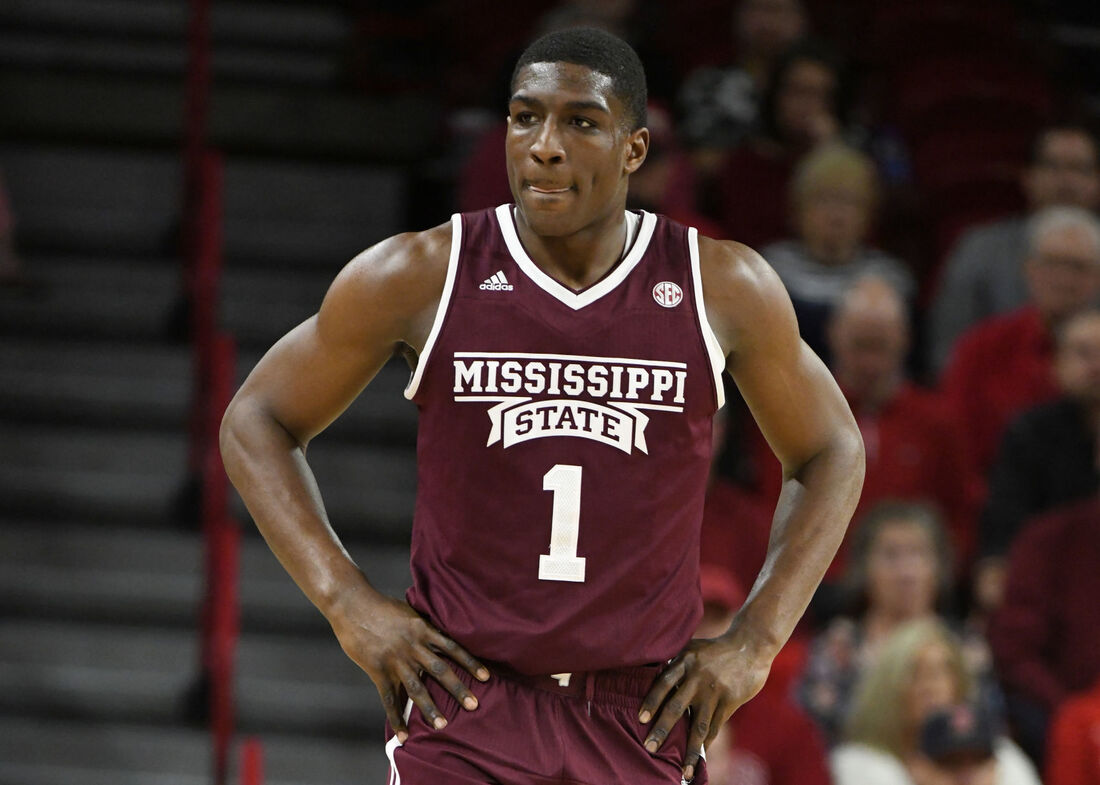
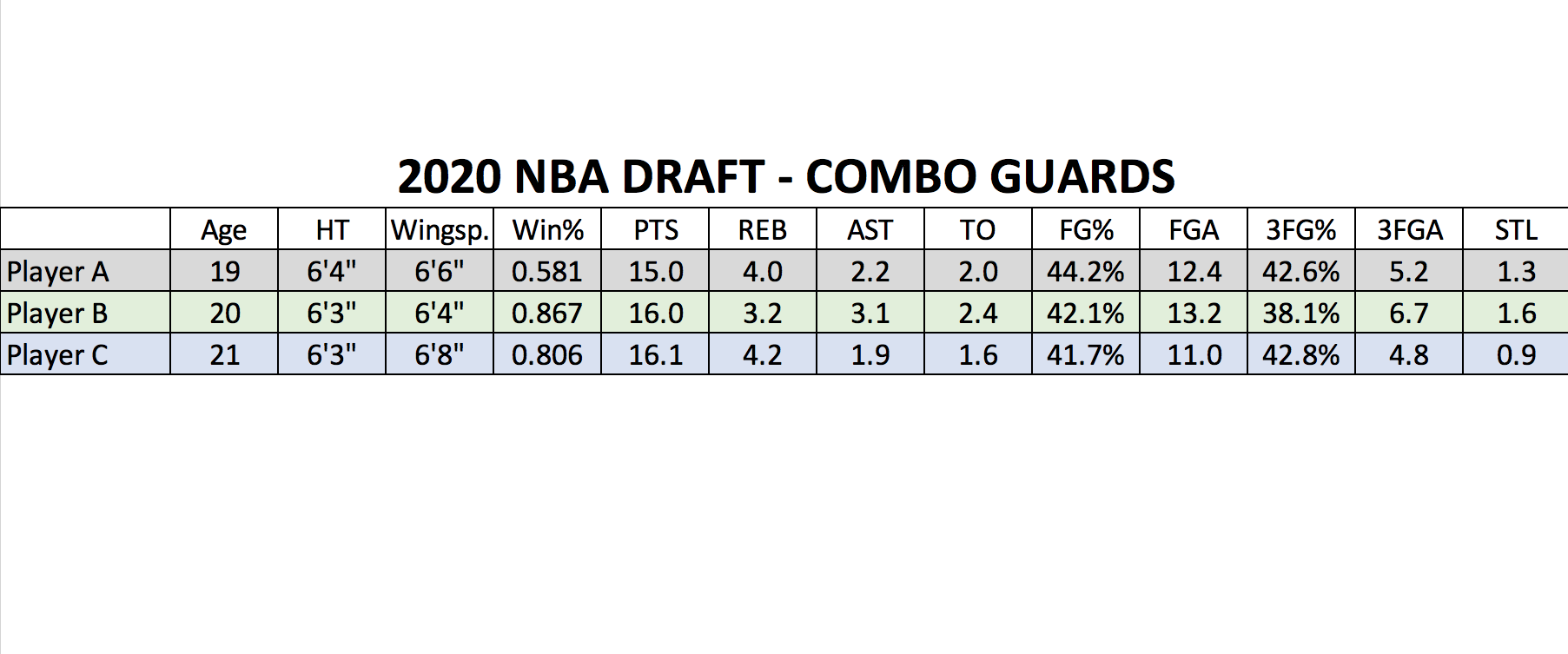
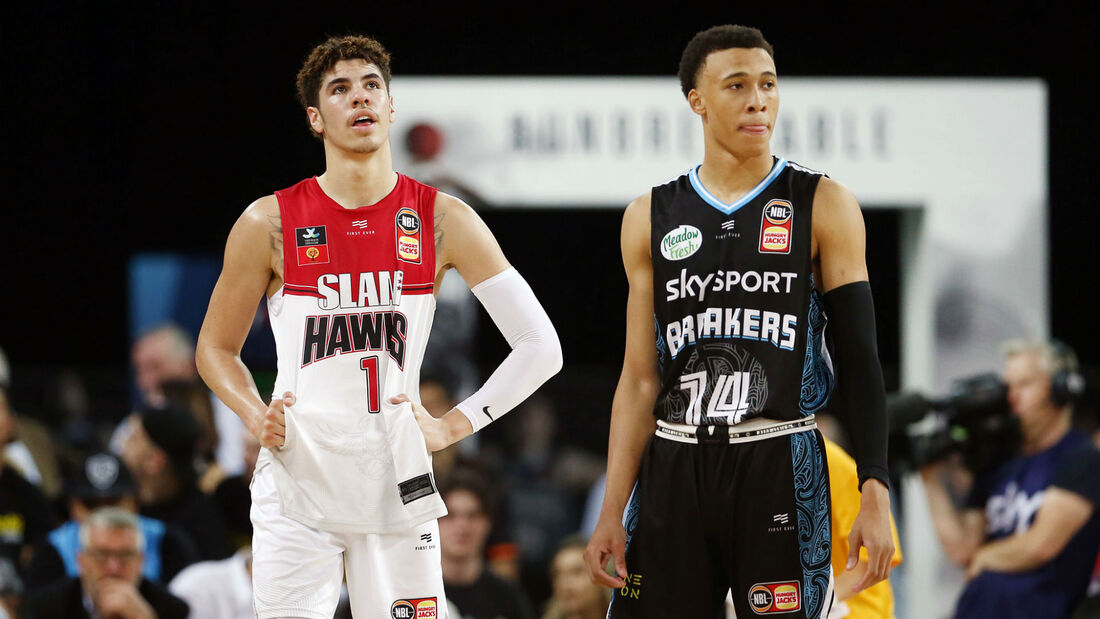
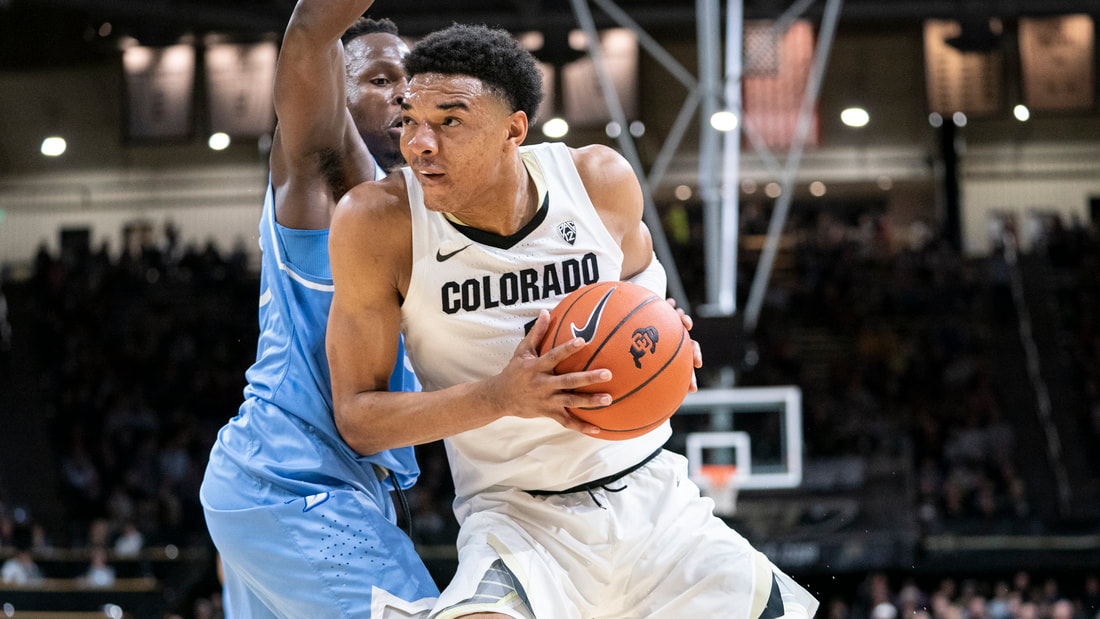
 RSS Feed
RSS Feed
